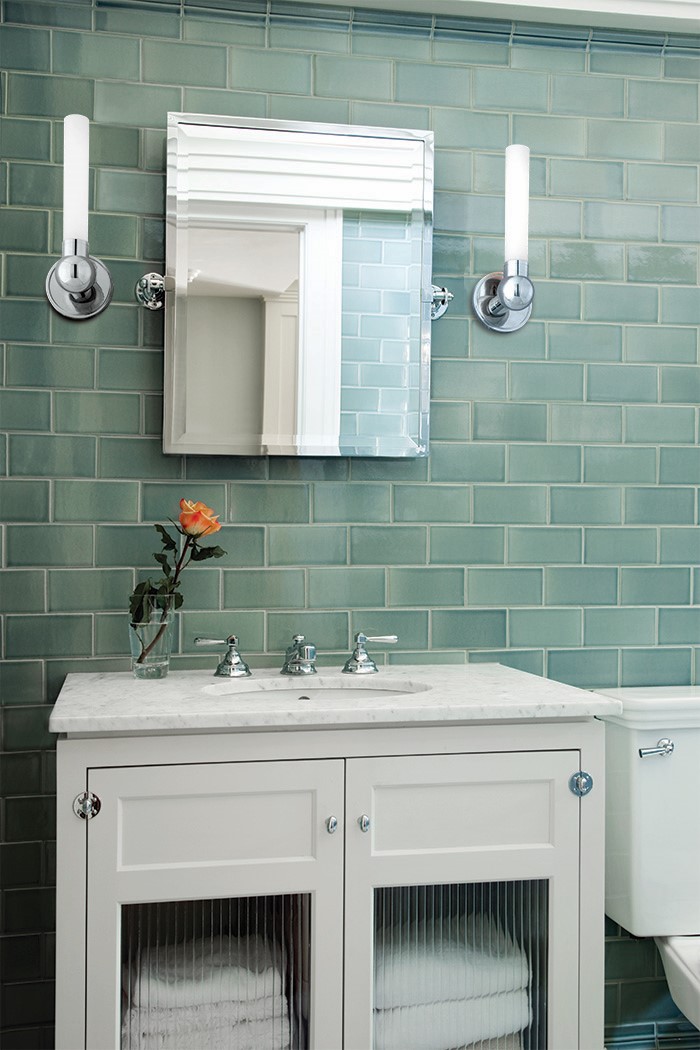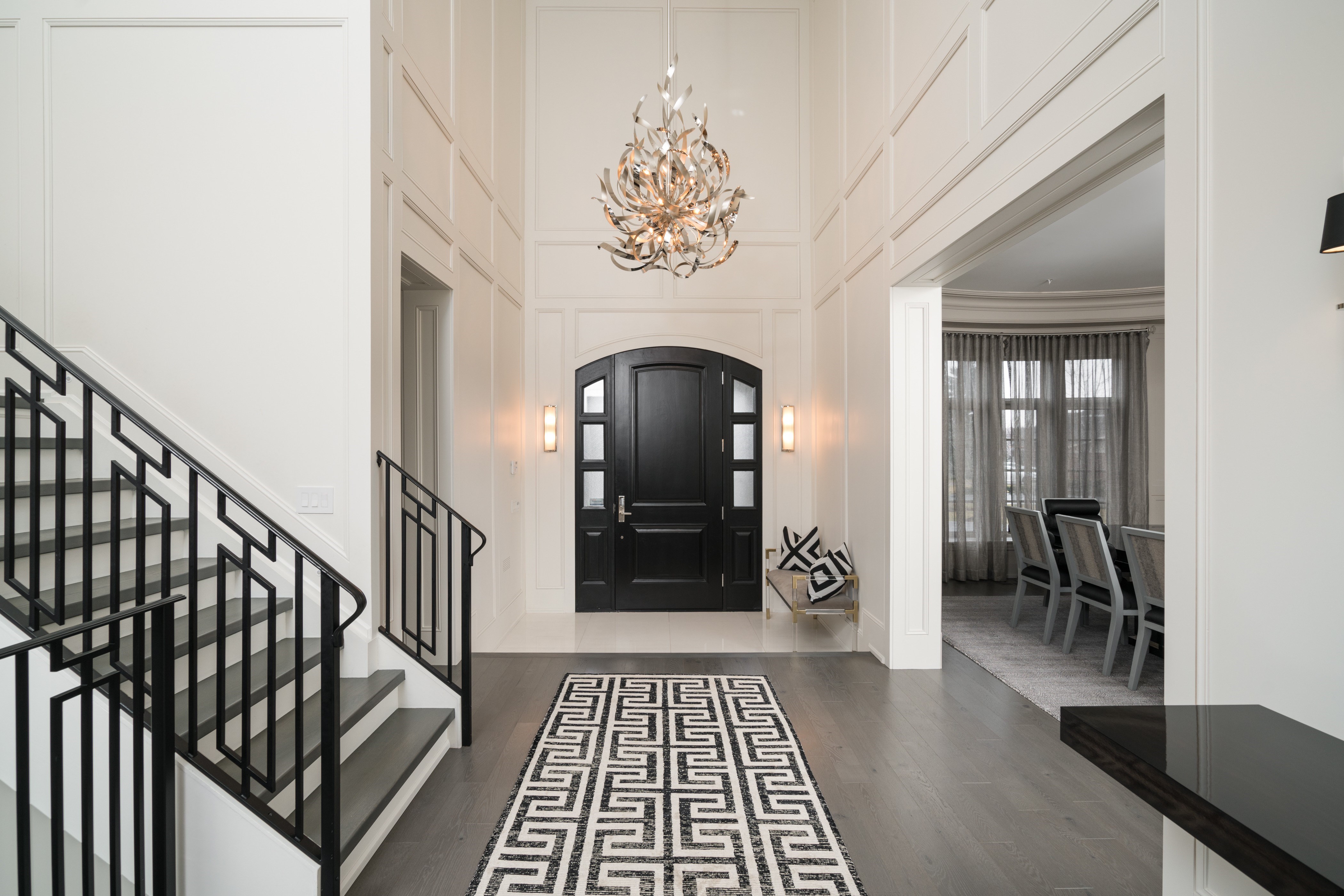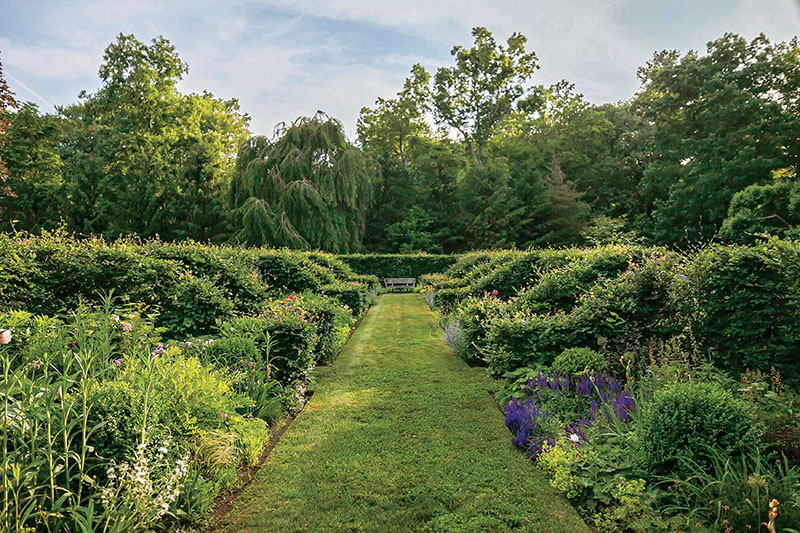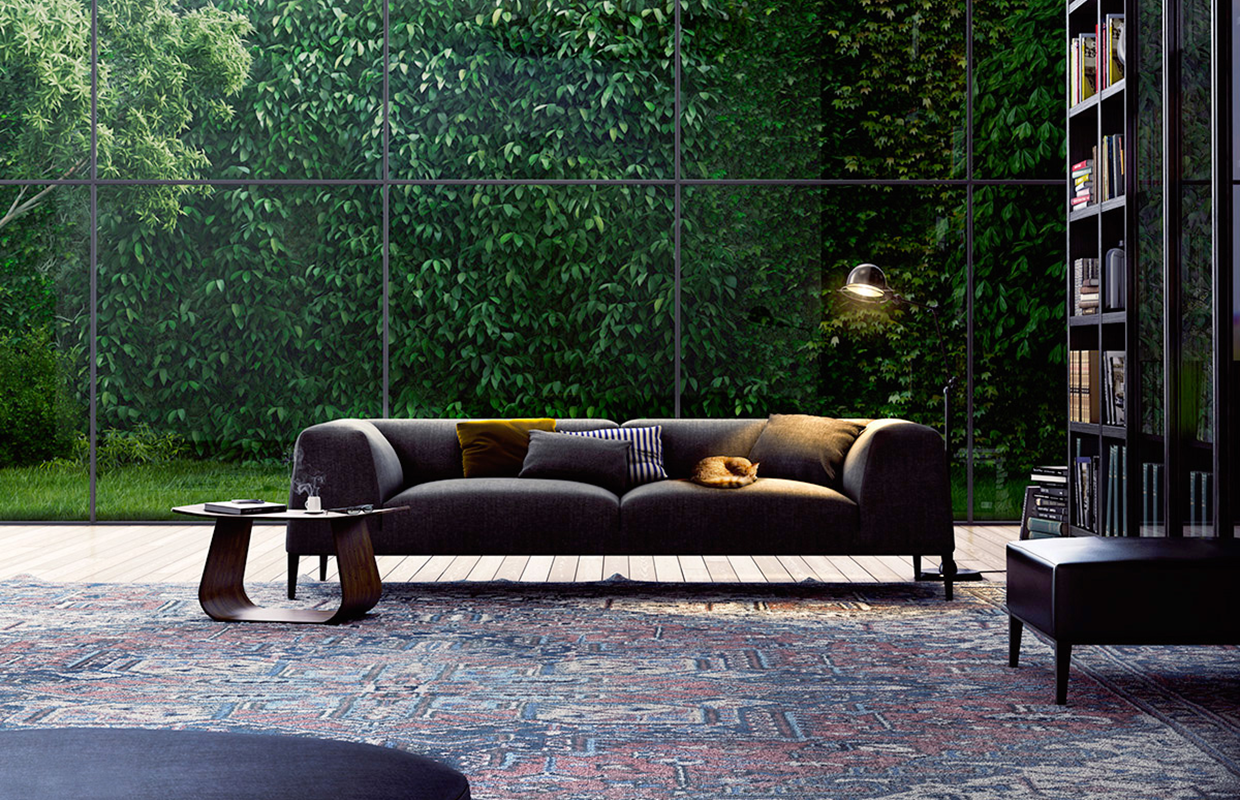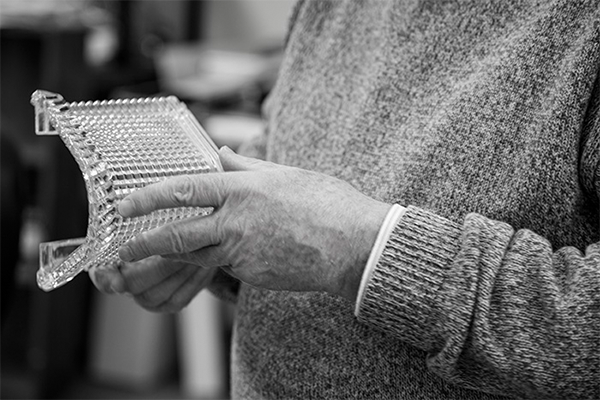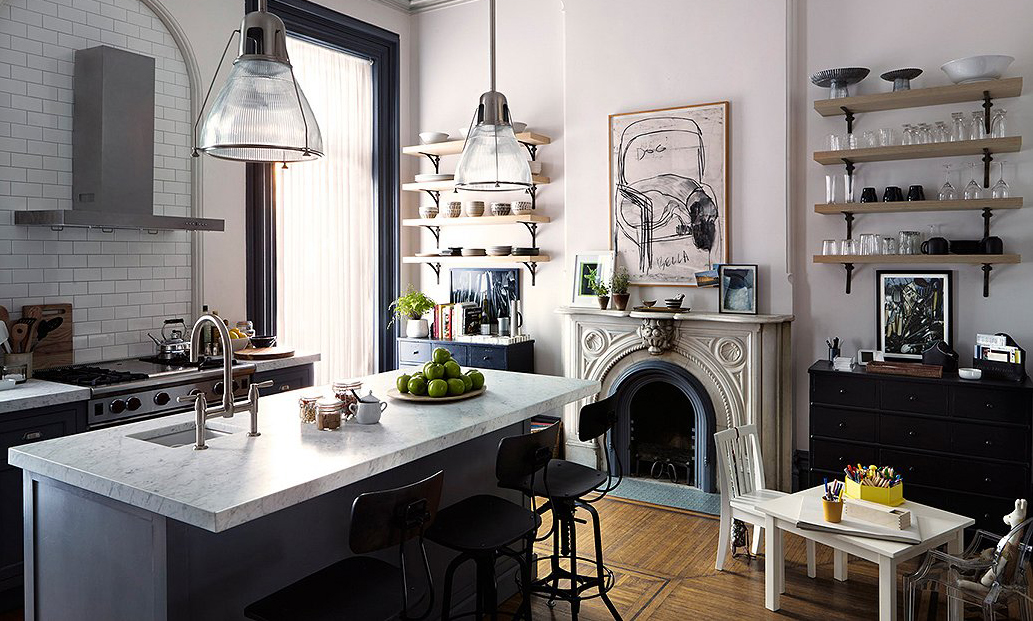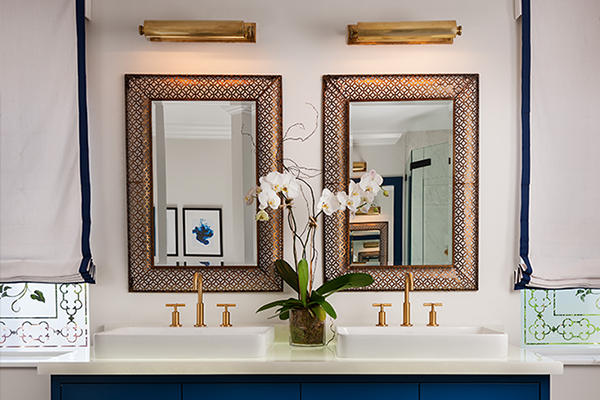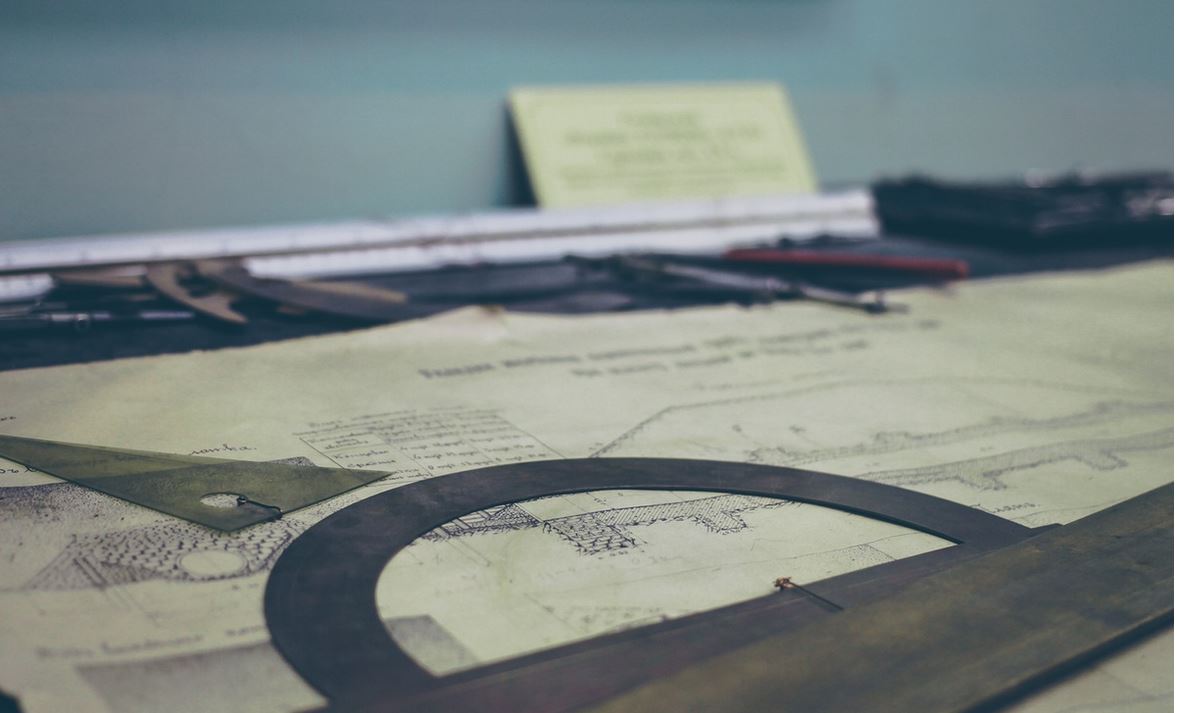
Hudson Valley Lighting Danville Chandelier | Photograph by Anastosios Mentis | Interior Design by Michael Mariotti
February is hard, isn’t it? Snowstorms and sicknesses without end. Even the blue-skied days so cold it’s hard to appreciate them. Winter’s charms have worn off on most by this point, and yet no hope of spring can be encouraged. What’s a girl to do?
Here at Hudson Valley Lighting, we asked ourselves, 'what helps sustain us through this shortest and cruellest (sorry, Eliot) of months?' Some of the things that occurred to us—watching movies, playing games on the long nights, embracing the brutal feeling of the month head on—we will be writing about in the near future. But the first thing that came to mind is the sensuous world of one’s own bathroom and the luxurious act of taking a bath. Dim the lights or turn them off all the way and light some fine candles, grab a favorite wine or whiskey, maybe put on some relaxing music, then throw a Lush bath bomb in there or slip some Jo Malone bath oil in the tub as it fills, and let it all come down. The scents enrapturing your sense of smell, the warmth of the water easing away the cold, the rejuvenating oils and lotions moisturizing dried skin—what’s not to love?

Hudson Valley Lighting Travis, inspired by Hollywood Regency / Designed by Elsa Soyars
“Really serious bathing—languorous bathing—starts with Rome. Nobody has ever bathed with as much devotion and precision as the Romans did.” At least, that's what Bill Bryson says in his history of domesticity, At Home. He continues, "To Romans the baths were more than just a place to get clean. They were a daily refuge, a pastime, a way of life. Roman baths had libraries, shops, exercise rooms, barbers, beauticians, tennis courts, snack bars, and brothels.” However, from the decline of the Roman Empire up until the late 19th-early 20th century, bathing was abandoned and often reviled. It was a matter of morality to most not to bathe, with many people never being entirely wet for years at a time. As late as the 1950s, many homes in France and Britain did not have complete bathrooms. Such a luxury were they, that they were the province of hotels. Hotel Vernon in Cape May, NJ, was the first to have a private bathroom for every suite. This was in 1853 (considered a wonder of the civilized world when it opened, it burned down just three years later). Bryson reveals throughout his chapter on bathrooms just how recent they are to human existence, as well as all the practical matters—disease control, for example—that lead to their creation and ubiquity.
Given that they were seen as an indulgence in the first place, perhaps it is not surprising that the interior design aspect of them that thrills us was the last thing on people's mind when they eventually incorporated a room with both hot and cold running water, a sink, a toilet, and a bathtub or shower into their home.
"Bathrooms were not at first decorated any more than you would decorate a boiler room, so they tended to be starkly utilitarian," Bryson informs us. "In existing houses, baths had to be fit in wherever they could." For a long time, bathtubs were neither practical nor affordable; the common bathtub was the result of a long period of trial & error.
Once a luxury, then a necessity, bathing is now a luxurious necessity, and how many things can you say that about?
Luxury applies to the senses but also to the intangible—what is a greater luxury than time? As bathing moved from a public to a private event, it provided for a wonderful opportunity: the creation of rituals. The private bathroom presents an opportunity to make the palace, the cove, or the hideaway of our dreams: a place to recharge and reinvest in ourselves, taking time to see ourselves and treat ourselves.
Your bathroom is your sanctuary.

With that in mind, there is a lot of advice out there about lighting your bathroom. Some of it, well-intended as it may be, is more specific and exacting than necessary. What's important to remember amidst the internet's usual surfeit of advice is that it is your bathroom. This article at Porch goes in-depth about considering make-up application in lighting bath and vanity, while this one from This Old House is more generalized. We thought we would offer a few quick pointers about sconce placement while we're on the subject.
For side mounted sconces:
- Mount the backplate of a vertical, tube-shaped fixture at eye-level.
- The shade opening of glass down-lights should sit slightly below eye-level.
- The shade opening of glass up-lights should sit slightly above eye-level.
- If your mirror is centered above the sink, mount fixtures just a few inches to the left and right of the mirror—as close to your face as possible.

Hudson Valley Lighting Cornwall

Hudson Valley Lighting Nichols
For top mounted sconces:
- Choose a fixture whose width is approximately 75% of the mirror’s width.
- Consider using two smaller fixtures above an especially wide mirror.
- No part of the fixture should extend beyond the mirror’s width.

Hudson Valley Lighting Soho
Bathrooms have unique lighting needs. From soothing in the dark of the early-morning shower or the before-bed bath to direct and bright for grooming tasks, they need to cover a range of moods and purposes. Accent light is the biggest choice, with sconces mounted to either side, above, or directly onto the mirror being the common route. The style sconce you choose carries a lot of your bathroom's personality. Ambient lighting offers an exciting choice. Depending on the size and style of your bathroom, a pendant light or chandelier can make the bathroom feel palatial. It also can be the definitive statement on how the bathroom is to be perceived. We love how the people below integrated our Glendale pendant (discussed last post) into this smaller-sized bathroom.

Check out our spa-like bathrooms Pinterest board and get inspired! Feel free to avail yourself to our free Lighting Essentials Guide for more useful information on lighting your home. Drop us a line below and let us know what makes your bath a luxurious experience or what helps you get through February.


